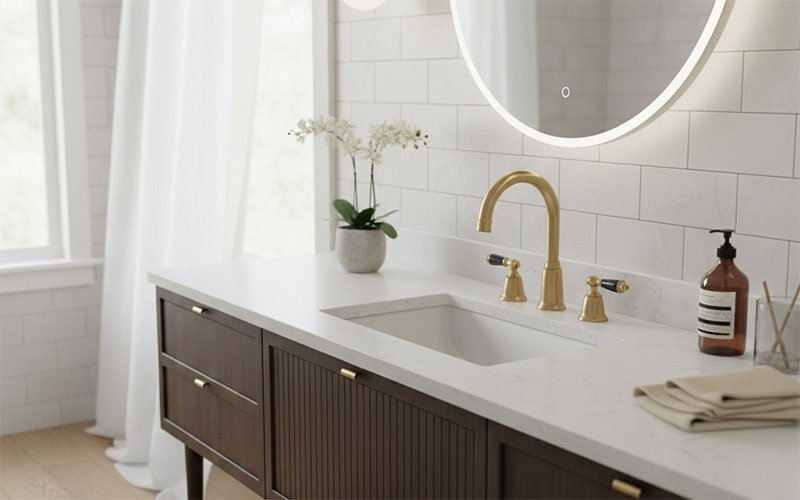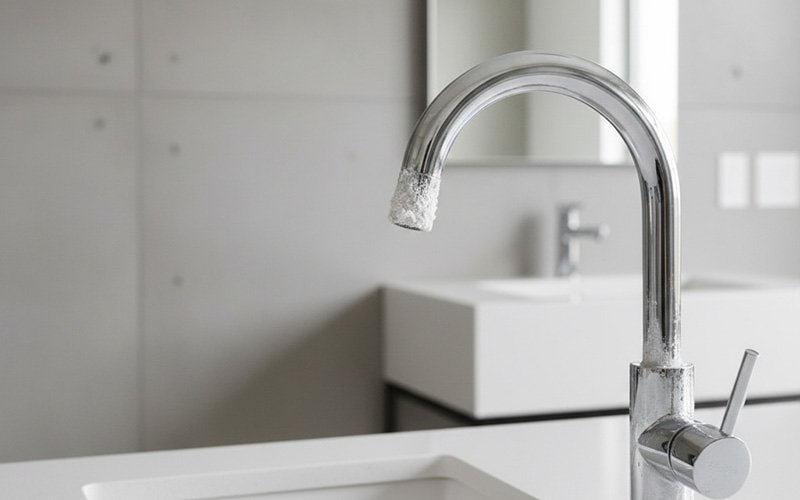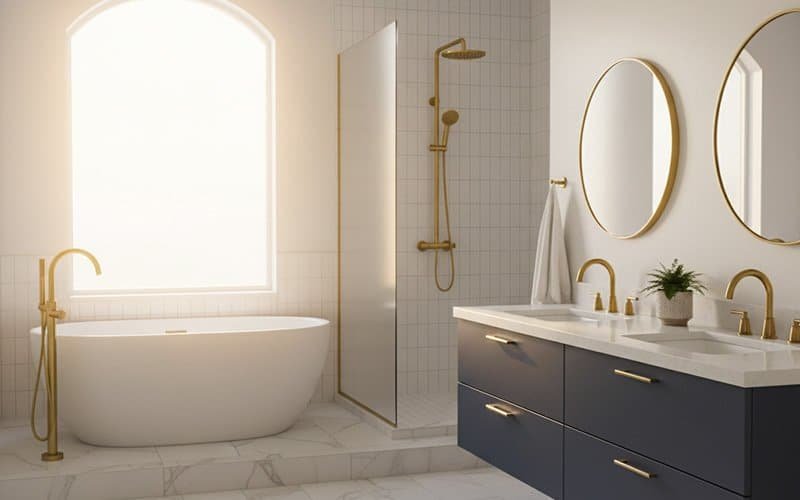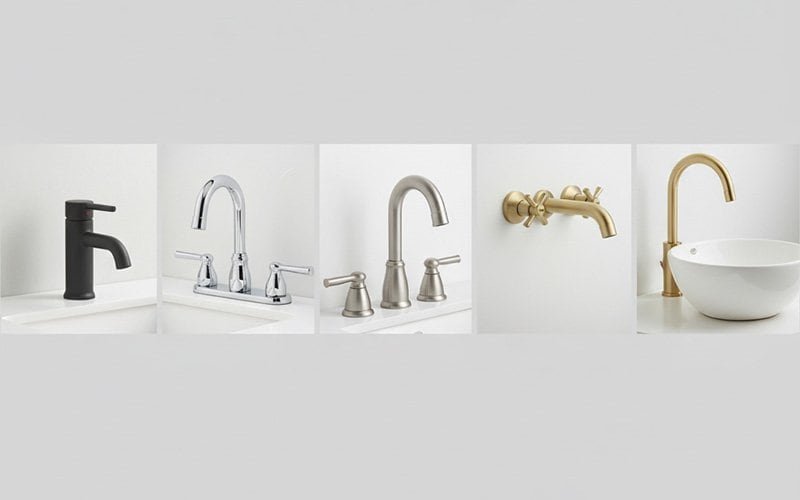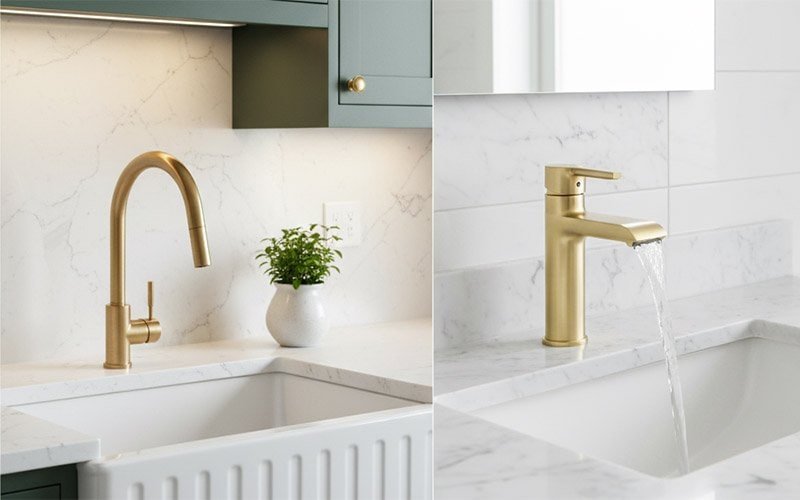Table of Content
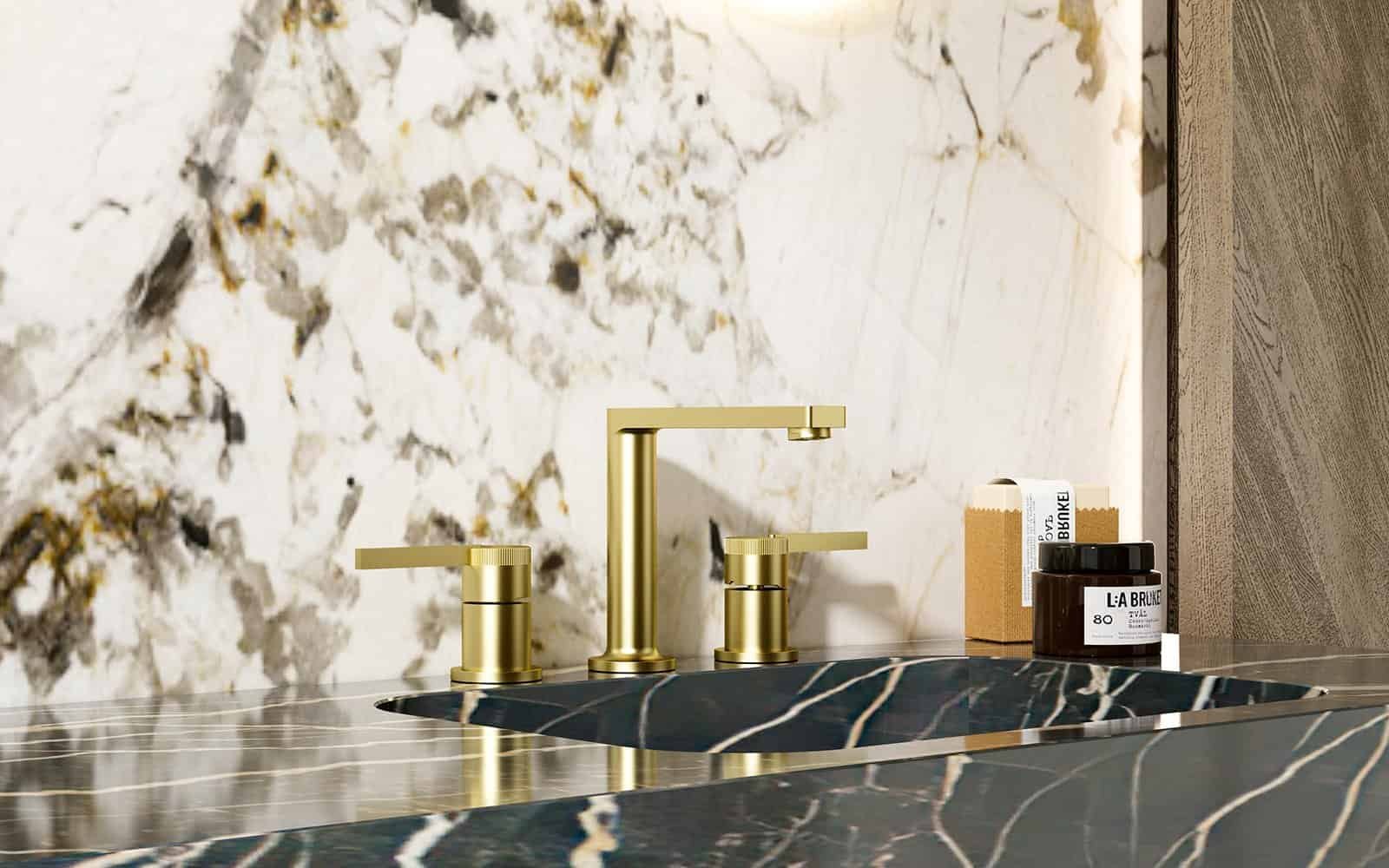
Disclaimer:
This guide is for general informational purposes only and explores common factors that may influence faucet pricing in the industry. It does not constitute financial or purchasing advice. The mention of any feature or material is for illustrative purposes and is not an endorsement. Always consult product specifications and professional advice before making a purchase.
When it comes to home improvement, faucets might seem like minor details, but they play a crucial role in both the functionality and aesthetics of kitchens and bathrooms. Have you ever wondered why some faucets cost hundreds or even thousands of dollars?
In this comprehensive guide, we’ll dive deep into the ten key factors that drive up faucet prices: material quality, design complexity, brand reputation, functionality, finish quality, manufacturing process, country of origin, installation complexity, customization services, and market trends.
Material Quality: The Foundation of Durability
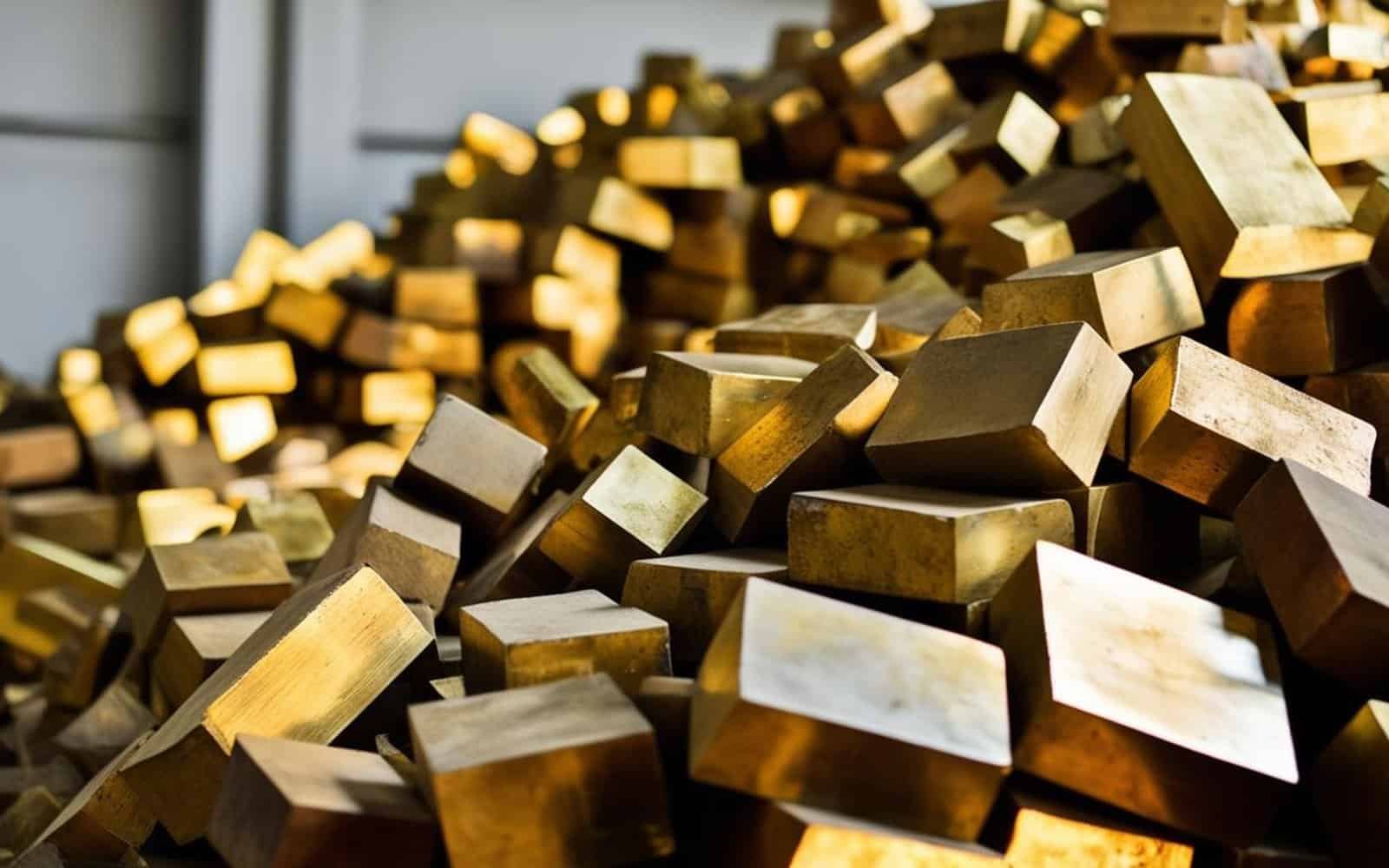
The Role of Materials
Certain faucets are crafted from solid brass or stainless steel, materials often chosen for their corrosion resistance and durability.
Premium vs. Budget Options
Solid brass is known for its robustness and potential for a long service life, resisting wear over time, while stainless steel offers similar durability with a modern appeal. In contrast, budget faucets typically rely on zinc alloys or plastic, which are less costly to produce but more prone to cracking, warping, or leaking.
Cost Implications
The sourcing and processing of premium materials like brass—from mining to refining—require significant resources, contributing to the higher cost.
Additionally, some faucets are manufactured to meet specific health-related standards, such as those concerning lead content, which can add to the production cost.
- Why It Matters: The choice of material can influence the need for future repairs or replacements.
- Source Insight: Material quality is a primary driver of faucet price differences.
Design Complexity: Where Art Meets Engineering

Design as a Statement
A faucet’s design is more than functional—it’s a fusion of aesthetics and craftsmanship. Complex designs like pull-out or pull-down spouts, high-arc silhouettes, or handcrafted detailing demand advanced engineering and skilled labor.
Complexity in Action
Take a pull-out faucet: it includes a retractable hose and a weighted mechanism for smooth operation, adding to production intricacy. Luxury models might feature vintage cross handles or minimalist lines, often requiring custom molds or hand-finishing.
Practical and Visual Appeal
These designs improve usability—like cleaning large cookware—while serving as a visual centerpiece. The more intricate the design, the more resources and expertise are needed, elevating the cost.
- User Perspective: Reddit discussions highlight how widespread faucets, with separate valve bodies and hoses, require more components and labor compared to simpler designs.
- Design Impact: The combination of form and function in premium faucets appeals to those seeking both practicality and style.
Brand Reputation: Paying for Trust and Legacy
The Power of Branding
Established brand names can influence faucet prices due to their history in the market and customer support infrastructure. Some brands position themselves at a higher price point, often associated with specific design aesthetics.
Building Trust
Some brands invest in research and development and may offer extensive warranties. Other brands position themselves at a higher price point, often associated with a particular aesthetic of sophistication.
Consumer Confidence
This reputation, built over decades, gives buyers confidence, making them willing to pay more for trust and prestige.
- Market Positioning: Mainstream brands cater to a broad audience, while luxury lines target those seeking exclusivity and status.
- Consumer Benefit: Reliability and robust after-sales service enhance the perceived value of branded faucets.
Functionality: Technology Enhances Convenience
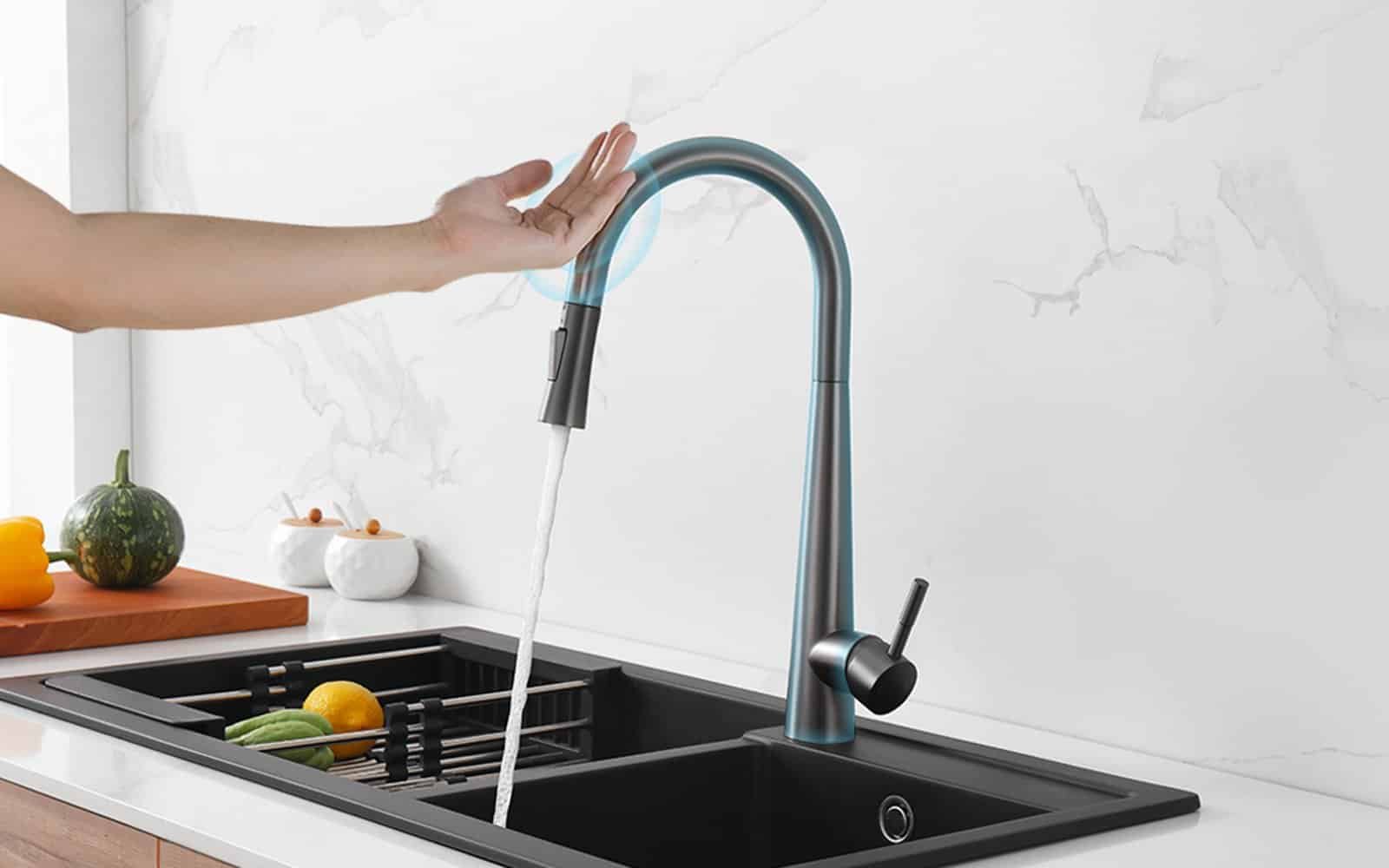
Beyond Basic Utility
Modern faucets transcend simple water delivery, incorporating technology to boost convenience. Features like touchless operation, voice activation, thermostatic controls, or multi-spray options add value—and cost.
Tech in Action
Touchless faucets use infrared sensors or motion detectors, requiring precise electronics. Voice-activated models integrate with smart home systems like Alexa, appealing to tech enthusiasts.
Added Complexity
Even simpler upgrades, like pull-down sprayers with adjustable streams, involve extra internal components, increasing manufacturing expenses.
- Practical Appeal: These features cater to hygiene-conscious users and those seeking seamless integration with modern lifestyles.
- Cost Factor: The inclusion of tech-driven components significantly elevates the faucet price and complexity.
Finish Quality: Aesthetics That Endure
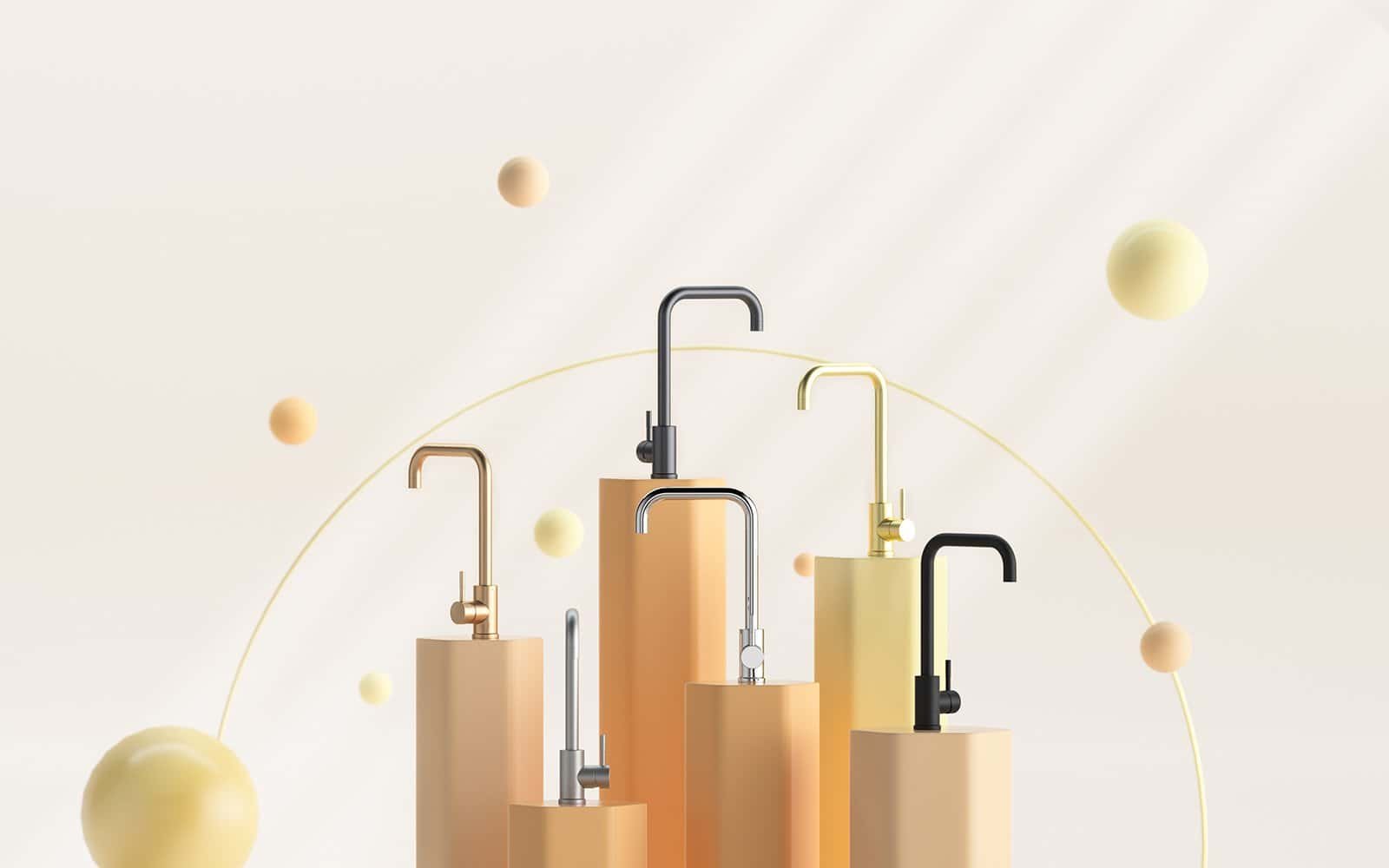
More Than Skin Deep
A faucet’s finish impacts both its look and longevity. Premium options like brushed nickel, rose gold, matte black, or PVD coatings resist tarnishing, scratches, and water spots.
Premium Processes
PVD, for example, uses a vacuum-sealed process to bond the finish to the metal, ensuring durability. Budget faucets often use chrome plating, which wears off faster, showing corrosion or stains.
Cost Drivers
Applying high-quality finishes requires advanced equipment, skilled labor, and superior materials, all adding to the expense.
- Durability Factor: Premium finishes maintain their appearance longer, reducing the need for replacement.
- Aesthetic Value: A lasting, stylish finish can elevate the overall look of a room, making it a key selling point.
Manufacturing Process: Precision Comes at a Price
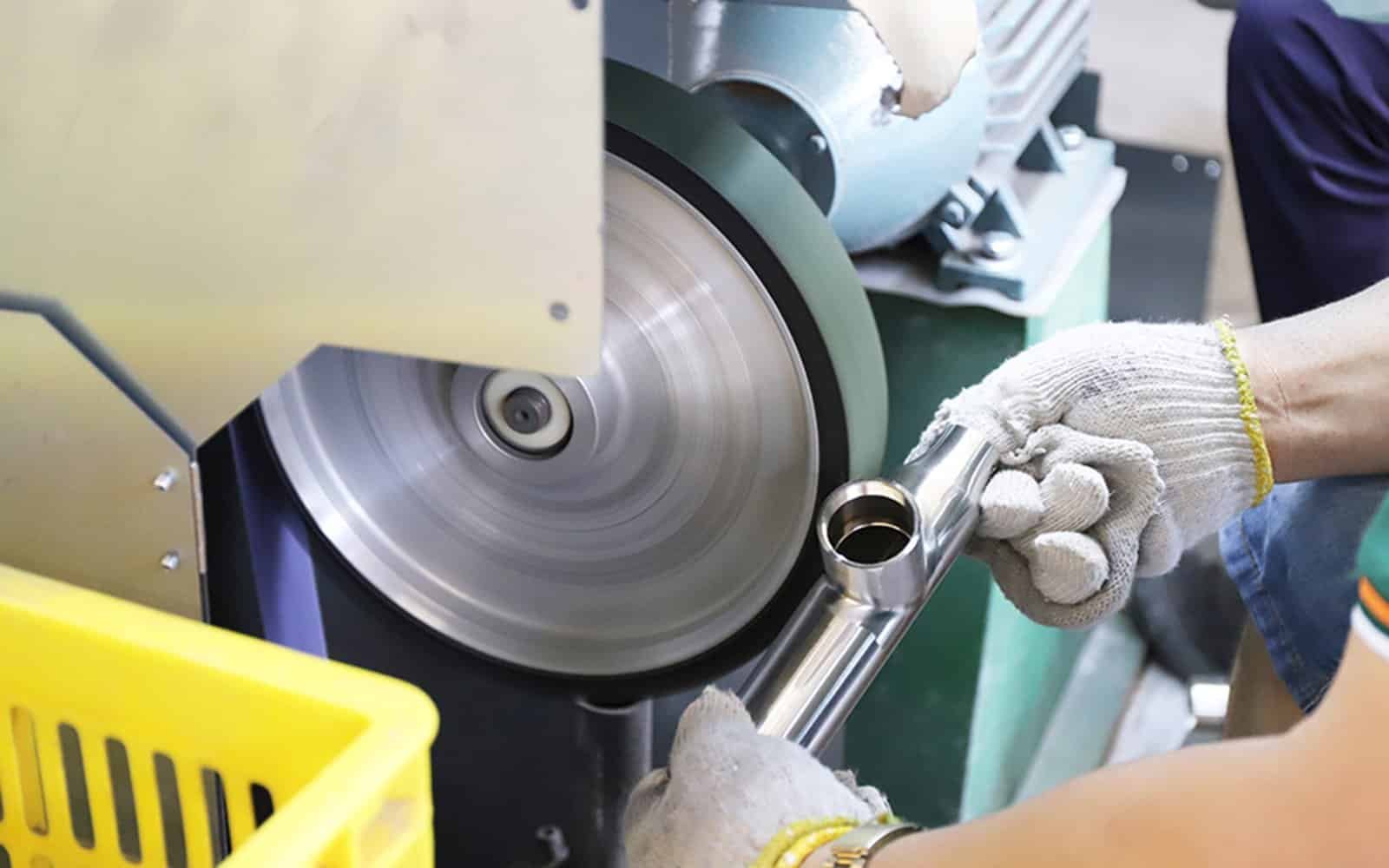
Crafting Excellence
The production of a faucet can be a precise process. Techniques like CNC machining, hand-polishing, and multi-stage quality testing are used to achieve a high standard of performance.
Attention to Detail
Some manufacturers utilize a precise production process. Techniques like CNC machining, hand-polishing, and multi-stage quality testing are common in the industry. This contrasts with mass-produced options, which may prioritize speed over precision.
Resource Investment
Skilled labor, advanced machinery, and thorough quality control in premium manufacturing drive up costs.
- Craftsmanship Detail: Hand-finishing a faucet can take hours, a step skipped in cheaper production lines.
- Quality Assurance: The investment in precision is typically reflected in the final cost of the product.
Country of Origin: Location Influences Cost
Regional Impact
Where a faucet is made affects its price. Countries with high labor costs and strict standards—like Germany, the USA, or Switzerland—produce more expensive faucets.
Quality and Cost
German engineering is known for precision, but wages and regulations raise expenses. American-made faucets reflect similar domestic costs, while budget options often come from lower-cost regions like China.
Additional Factors
Imported premium faucets also face tariffs and shipping fees, adding to the total.
- Prestige Factor: A “Made in Germany” or “Made in USA” label often carries a premium due to perceived quality.
- Economic Influence: Production location ties directly to both cost and consumer perception.
Installation Complexity: The Hidden Cost
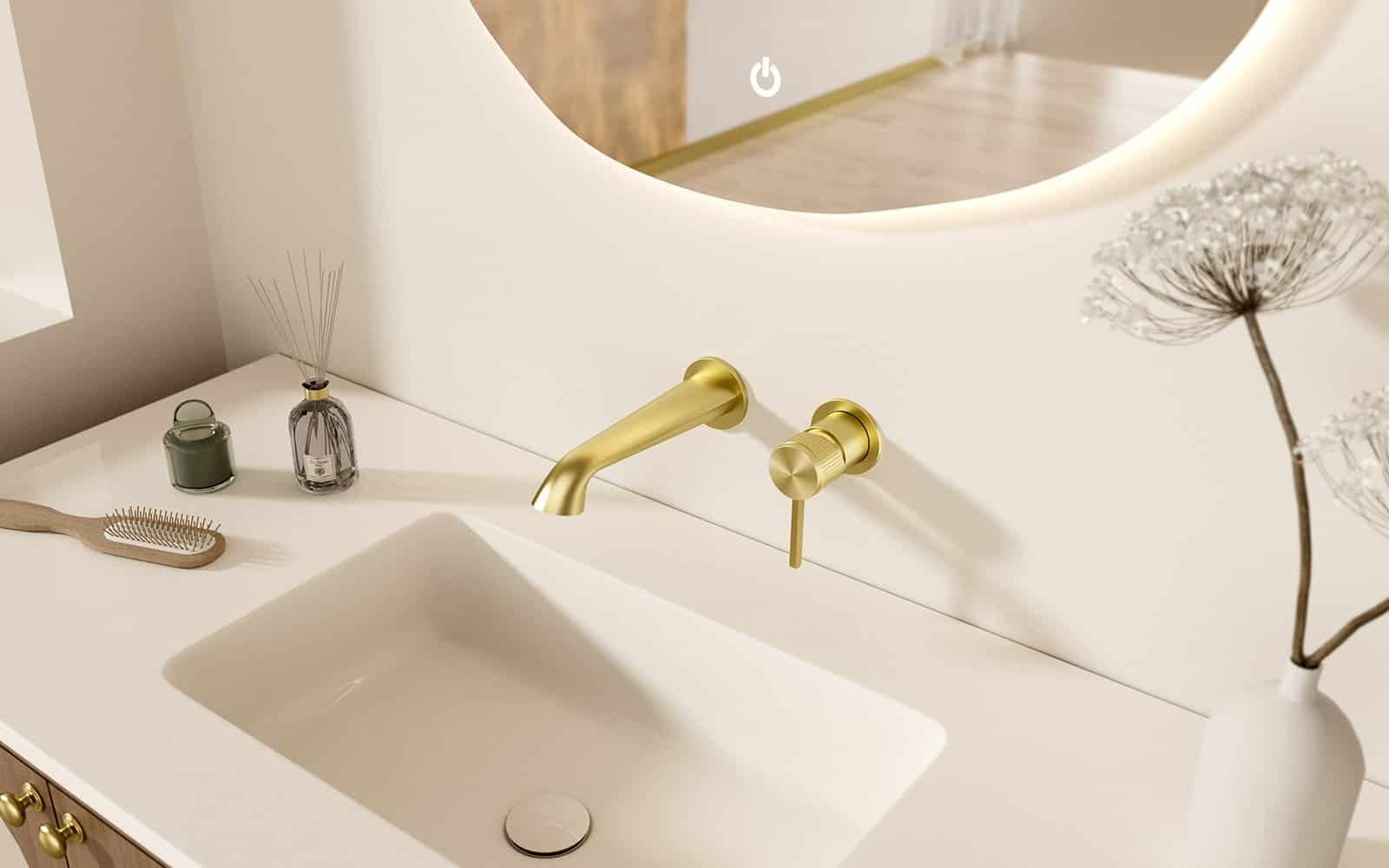
Beyond the Purchase
Faucet cost extends to installation. Complex designs like wall-mounted faucets, widespread configurations, or thermostatic valves require professional skills and tools.
Installation Challenges
A widespread faucet, with separate handles and spout, demands precise alignment and extra connections. Standard single-hole faucets, however, are simpler, often DIY-friendly.
Budget Impact
For older homes, retrofitting pipes can complicate matters, increasing labor needs and overall expense.
- Real-World Insight: Plumbers charge more for intricate setups, as noted in user discussions.
- Budget Consideration: Installation complexity can catch homeowners off guard, adding to the total investment.
Customization Services: Tailored Luxury

Personalization Trend
Customization is a luxury market feature, letting buyers specify unique finishes, engraved details, or special features like water filters.
Bespoke Production
Manufacturers adapt processes, source specific materials, and often handcraft these orders, increasing costs over standard models.
Exclusivity Appeal
The result is a unique fixture that can enhance a room’s aesthetic, appealing to those seeking individuality.
- Industry Example: Some brands in the market offer customization options for their clients.
- Value Proposition: Customization reflects both personal taste and a willingness to pay for uniqueness.
Market Trends and Supply-Demand: External Forces
Trend Influence
Market demand shapes prices. Trends like water conservation or smart home integration spur specialized models, requiring extra R&D.
Material Costs
Eco-friendly faucets with low-flow aerators need precise engineering. Fluctuations in copper or nickel prices—key materials—can also raise costs quickly.
Supply Chain Effects
Disruptions, like those in recent years, amplify these factors, pushing prices higher.
- Trend Influence: The rise of smart faucets reflects growing consumer demand for tech integration.
- Economic Tie: Material cost volatility directly impacts the final faucet price.
Conclusion: The Value Behind the Price
The cost of a faucet is influenced by many factors, including material quality, design complexity, functionality, and finish. By understanding these elements, consumers can make a more informed decision that aligns with their budget and project needs.
FAQs
Related Posts



